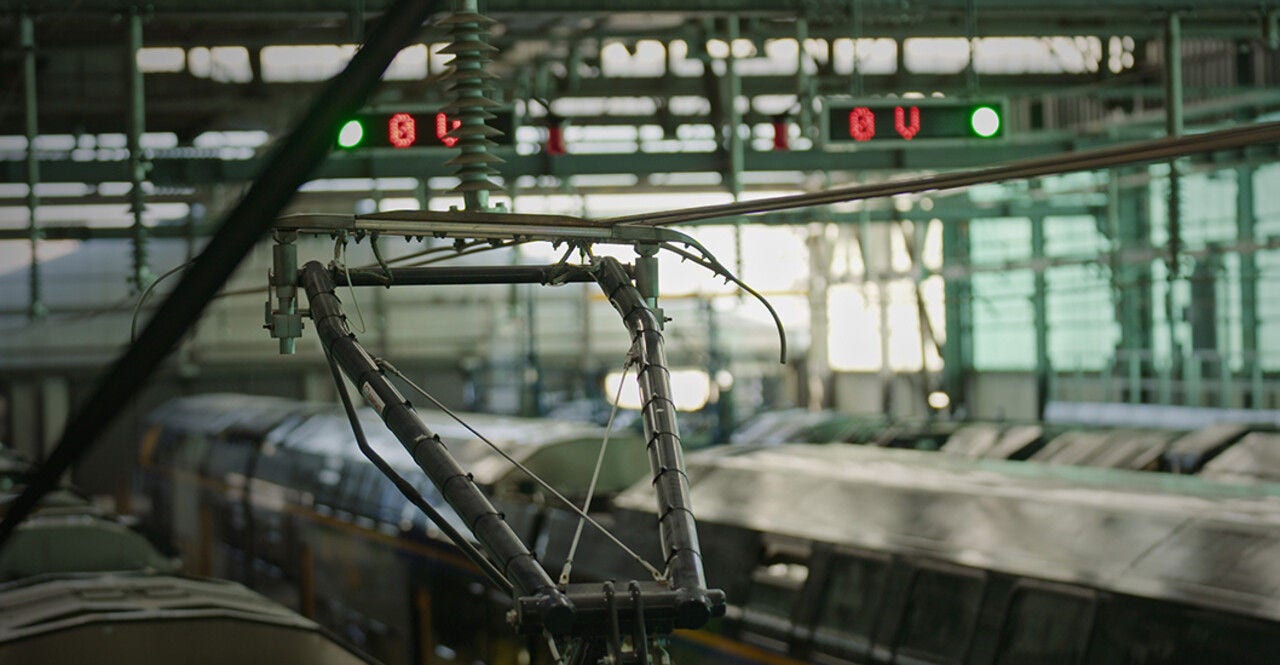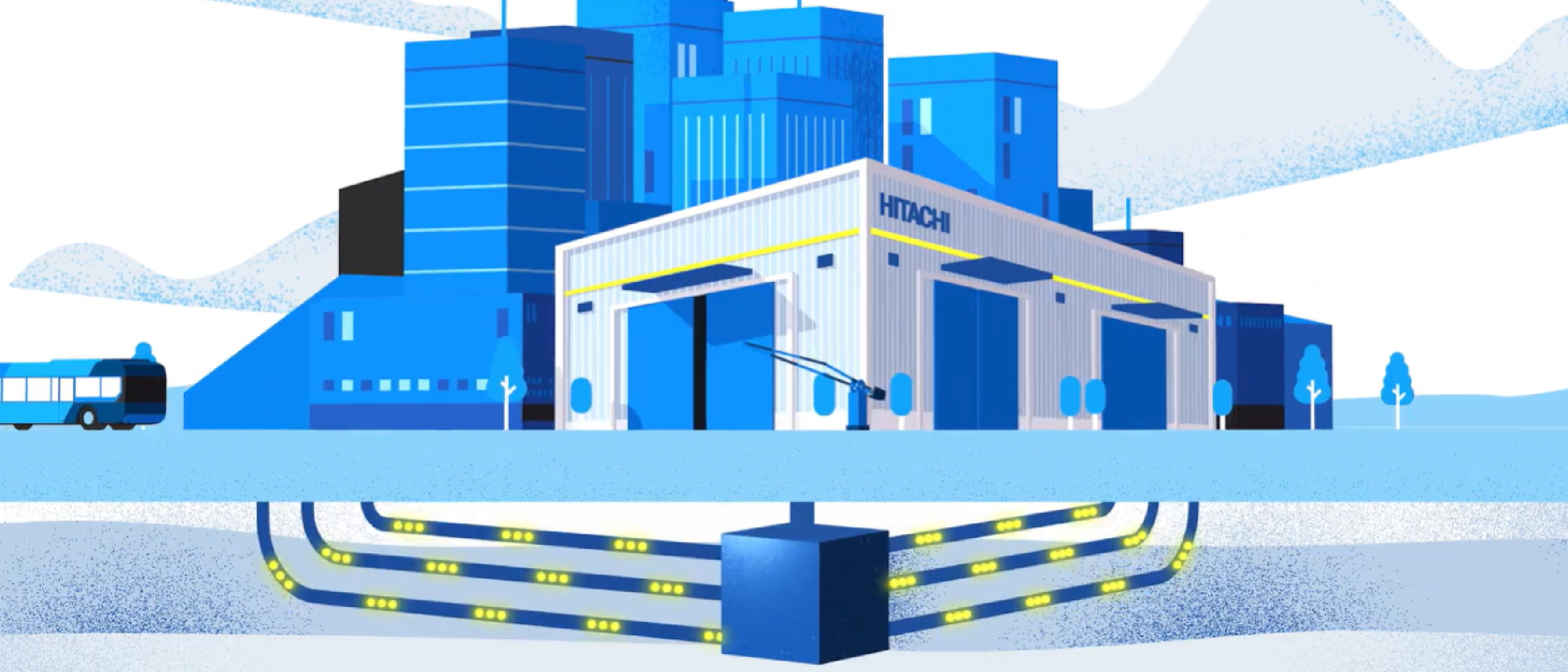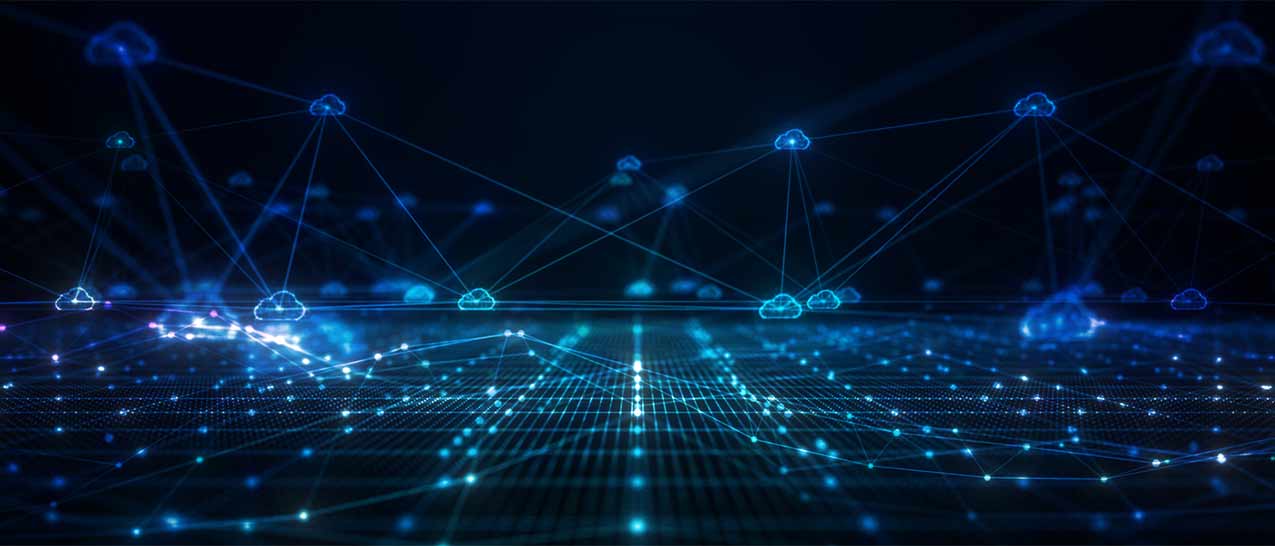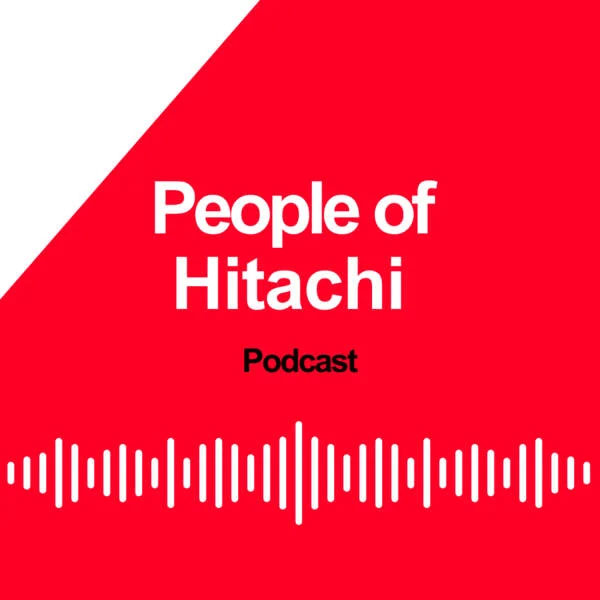

All change for seamless, sustainable journeys
By Andrew Barr, Group CEO of Hitachi Rail
If there’s one thing we’ve learned from the collective experience of the last few years, it’s that our ability to embrace change is stronger than we ever imagined.
From the global pandemic to the cost-of-living crisis, the scale of the challenge has been matched only by the resilience and adaptability of the public, both as individuals and as a collective. These are qualities we must draw on if we want to unlock one of the great opportunities of 2023 – the opportunity to transform the future of mobility.
What is the future of mobility?
Better connected public transport is the future of mobility. We need to get more people using public transport because it is better for the planet and the cities we live in.
But to draw passengers away from fossil-fuelled cars and planes, we need to elevate the experience of travelling by public transport until it is equivalent or better than the alternatives. If we don’t, then why would people choose to change?
The good news is that as a green mode of transport, we’re already on that journey and helping to transform the way people travel, especially in cities.
At Hitachi we cover the whole suite of delivery – from the building of sustainable electric trains to the control of signalling technologies, as well as the control of the whole journey digitally. We can provide a one-stop-shop that means customers can buy any or all of the full end-to-end transportation system.
How does smart mobility work in practice?
The glue that holds all of this together is what we call ‘Smart Mobility’. Digital solutions that improve and optimise the whole transport system – things like smart ticketing, real-time information updates and integrated multi-modal traffic management. A good example of this in action is our recent launch of the 360Pass mobile app in Genoa, Italy, where we have digitally connected all the transport modes across an entire city.
Our solutions allow passengers to use their mobiles for travel planning and payment across multiple modes of transport – including new 'hands-free' blue tooth ticketing technology. Hitachi's 360Pass mobile app gives passengers numerous ways to plan and pay for their journey. It combines multiple modes of transport, including trains, buses, e-scooters, car share schemes, parking and even funiculars, while always providing the users with the cheapest possible fare. For the operator, Hitachi's real-time data analytics platform creates a 'digital twin' of an entire transportation network, which helps optimise a city’s transport network.
If we’re going to build a cleaner, greener transport network, we need a whole-systems approach. We can only make rail a credible alternative to jumping in the car or hopping on a short flight if we demonstrate how it fits into the wider transport ecosystem. This is where our work as an automotive supplier and bus mobility provider – we recently launched a strategic partnership to support First Bus Glasgow in its decarbonisation journey – comes to the fore. By linking all of our transport information together we can make it attractive for people to change their mode of transport on a daily basis. And ultimately that contributes to the goal of reducing the amount of cars in major towns and cities.

Electrification is decarbonisation – and batteries will play a key role
Electrification of rail is already having an impact. For example, Hitachi trains on East Coast Mainline has already disrupted air travel between London and Edinburgh. Between April and August, 57% of journeys between the two cities were by rail, compared to a pre-pandemic position of 35% for April-August 2019. Some 66% of travellers chose rail over domestic flights in August itself, suggesting the trend may be set to continue.
Of course, electrification of rail networks is expensive and not possible everywhere. We need technologies to help bridge the gap between electrified parts of lines. This is right at the top of our “to do” list which is why we’re investing heavily in battery technology. We have been developing battery trains for a number of years now, whether it’s our Dencha battery fleets in Japan, or our brand new Blues trains, using “tri-mode” technology in Italy. Plus, we’ve got numerous UK projects up and running, including the trial of an intercity battery hybrid train on one of the routes from London to the South-West of England.
The bottom line is that high speed electric trains are cleaner and greener than diesel trains, particularly if they’re using renewable energy. In the short-term, battery and hybrid fleets can have an immediate impact, reducing costs and carbon emissions. Long term, the goal is to remove diesel power from rail and to replace it with batteries that can reduce the cost of national rail electrification programmes by up to 50%.
As I assess the journey ahead, I’m excited by the scale of the opportunity – at Hitachi, with our 360 view of mobility, we’re well placed to accelerate the transition to net zero. But we can’t do it on our own – we need to collaborate with like-minded partners, and we need governments to invest in and actively promote rail travel.
Ultimately, our focus is on making journeys as smooth, seamless and sustainable as possible to encourage passengers to switch to green public transport options today and in the long-term. If we do that, we can secure a future we can all look forward to.









